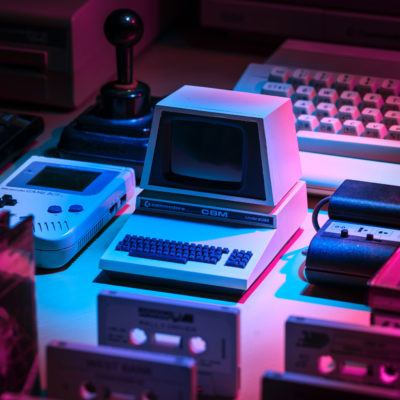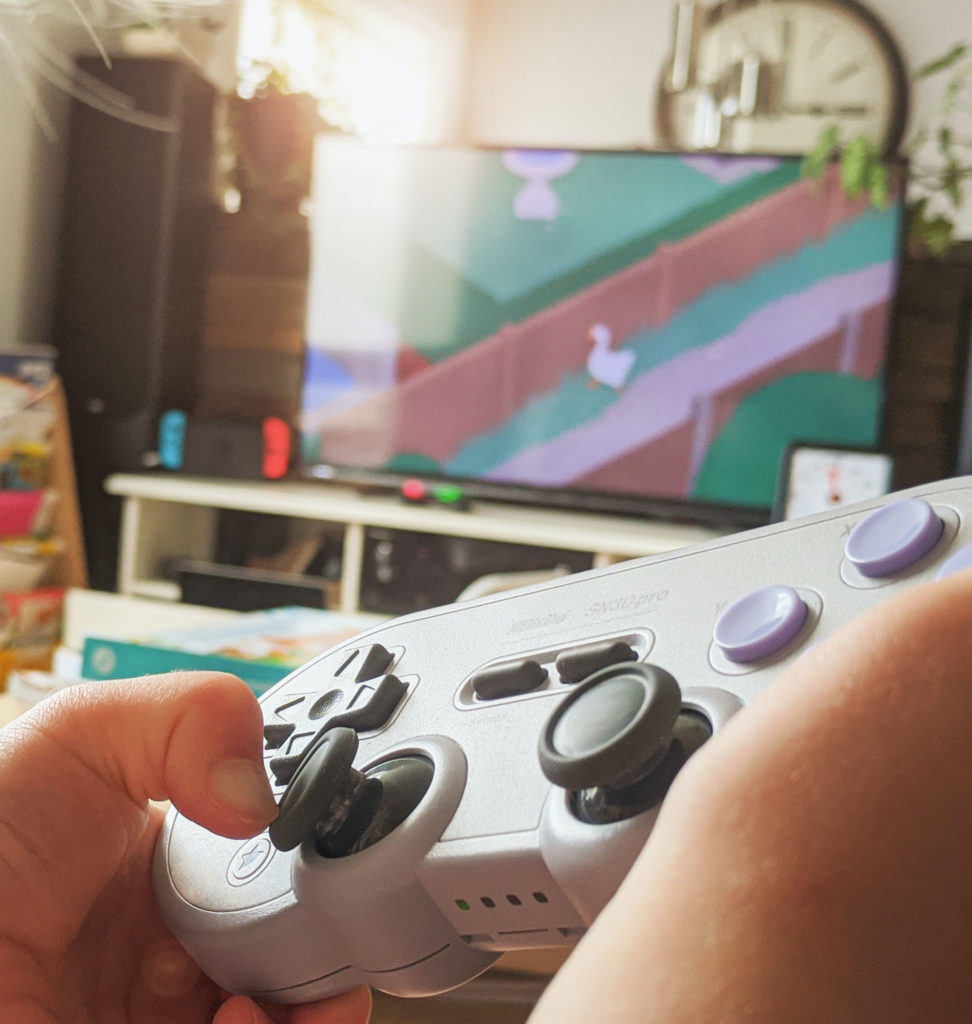Ready Player 2.0

Covid has permanently altered the way we perceive the physical world around us. It is now inherently dangerous to be out there. A friendly handshake becomes a possible source of contamination, stadiums and theatres ground zero for super spreader events. Of course, the physical world will not disappear, nor can we completely avoid it. But is it as necessary as we once thought? Is the virtual world becoming an acceptable, perhaps even a preferred alternative, for both people and brands alike? Are we already in the matrix but just don’t know it yet?
Under lockdown, staring at different screens with time to spare and often little to do, games from old favorites like Minecraft and GTA V to new releases saw a sudden boost in incoming players. The true breakouts were brands like Roblox, an online platform offering everything from traditional games to educational spaces and a multitude of character customizations, all created by users who were also financially rewarded for their work, and Nintendo’s Animal Crossing: New Horizons that gave players both a quiet island to build and decorate but also the opportunity to invite others for virtual visits, a soothing alternative to real-life socializing. Both brands empowered users to co-create the experience, and people soon found new, innovative ways to enjoy and share virtual alternatives to everything from meetings to weddings and concerts.
Animal Crossing made it easy for brands join the fray with easy customization of everyday in-game items with their logos and designs, proving players a welcome sense of normalcy as well. The connected privacy of the virtual islands also helped brands explore new, less intrusive ways to connect with communities, with Netflix creating an Enola Holmes-themed island and character skins to celebrate the series launch, and fashion brands like Marc Jacobs and Valentino holding virtual fashion shows in-game. But the virtual world is not just one island; the same convergence is happening elsewhere in the metaverse. Travis Scott and Kascade took their concerts to Fortnite, Warner went straight to streaming, esports continued to gain new fans at an impressive rate of 9% year-on-year, and people around the world spent 17 billion hours watching the biggest game-streaming site Twitch in 2020, up 83% from the year before.


The metaverse is becoming a more and more appealing alternative for not just spending time (the average gamer now spends 10 hours a week playing) but also for spending money. 87% of players have paid for in-game digital assets like skins, badges, or DLCs, and the microtransaction market drives growth in gaming industry, expected to almost reach 200 billion USD worldwide by 2022. The in-game items are not just for fun, however – they can offer a lucrative financial incentive to keep on playing, with the rarest ones selling for hundreds of thousands of dollars to eager collectors on one of the many thriving marketplaces for digital items even before the NFT boom took off.
Brands are also beginning to tap into the gamers’ growing willingness to pay for both engagement and escapism to find second life in the virtual world, unaffected by lockdowns. Perhaps unsurprisingly, luxury brands, tech-savvy, experts in tapping into human desires and building experiences around them, are among the first to make their moves. Burberry collaborated with Tencent’s Honor of Kings multiplayer online battle arena game boasting 100 million active players in China to launch two exclusive skins based on Burberry designs. Creative director Riccardo Tisci explained the decision as “a way to build and nurture the core human needs of personal and emotional connections” and “to empower our community to explore their surroundings, whether it is online or offline.” China in particular offers a unique combination of a massive gamer base (640 million people play video games, including 300 million women) as well as an attractive market for cutting-edge luxury brands. Gucci has already released AR sneakers on Wanna app, and says it’s “only a matter of time” before they move into the NFT market.
But with the virtualization of everything, do retail brands even need a physical product to sell? Except for the absolute necessities, how many products do consumers really need in their post-covid lives? Is it just a matter of time before auto makers just design virtual cars customized to the player’s virtual needs, and McDonald’s sells Health XP rather than burgers? Before our vacations take us to Mars in our VR headsets, and the only piece of clothing we’ll need is a green jumpsuit onto which the AR rendering of our preferred avatar is projected?
That depends on who you ask. For Millennials and GenZ, the perception of value has unalterably been changed, from status to sustainability, from consumption to convenience. The first question to pose an owner of shiny new Air Jordans isn’t “Where can I get them?” but “Where were they made?” A physical object inevitably comes saddled with the knowledge of its true cost to society and the environment. Each product bought becomes not a source of pride but a constant reminder of being a willing participant in the slow progression toward an irreversible ecological disaster.
Going productless would be the ultimate solution for retail brands. If in-store drops of Supreme products only end up resold, never worn to ensure the retail value doesn’t drop, what good is the physical product anymore? With no actual product, the environmental impact is instantly reduced, and NFTs make it possible to preserve the uniqueness and rarity of each item just as before. And instead of being enclosed in cellophane and vinyl to protect the product from value-reducing wear and tear, digital items can deployed virtually to your avatar or as a 3D rendering to your Instagram photo via algorithms without any loss in value.
Farfetched as it may seem, the pieces are already converging. The first digital-only dress, backed by NFT and a collaboration between Dapper Labs, The Fabricant and Johanna Jaskowska sold for $9,500 way back in 2019. Niantic’s Planet-Scale AR Alliance is intent on trying to “make AR experiences mirror the real world.” Microsoft signs a deal to provide 120,000 HoloLens AR headsets to the US Army.
The technology will be there.
The players are ready.
The metaverse is coming.